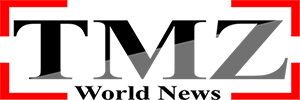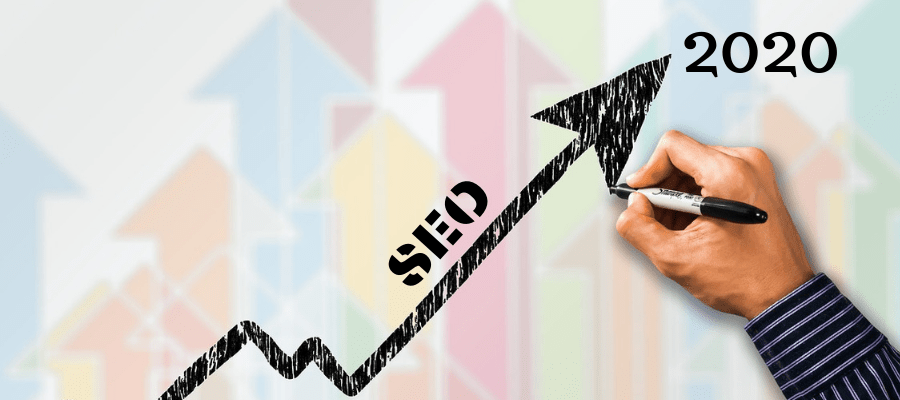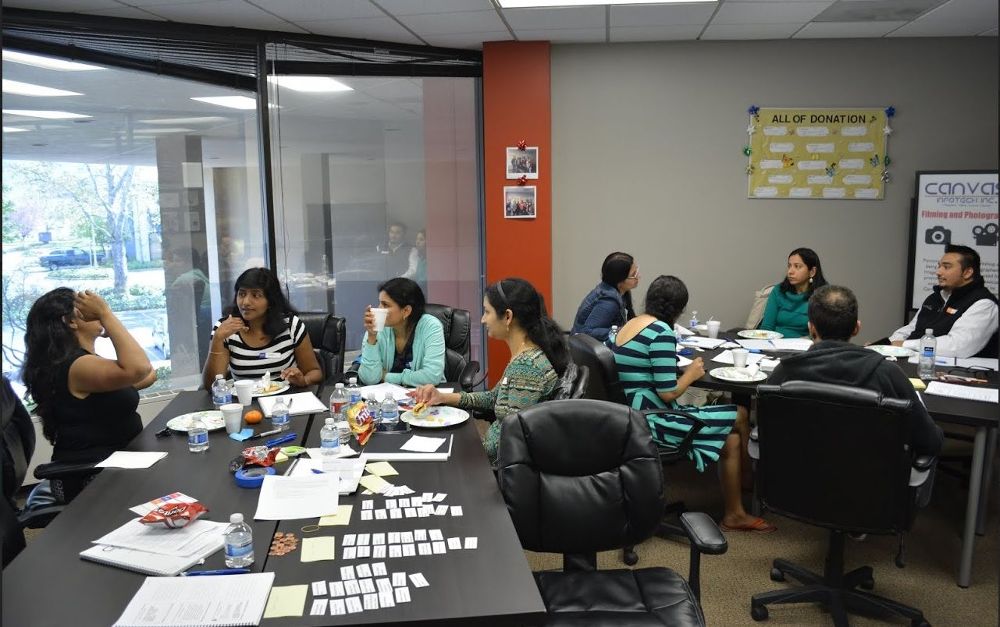In a product development team based around Scrum, the Product Owner is the person responsible for creating and maintaining a product backlog. He ensures that the product is up-to-date and translates to the vision that the customer needs. The Product Owner is the one held accountable for working with the customer and defining the features and roles of the release. The CSPO training gets you prepared for the role and ready to take on the responsibilities.
What does a product owner do?
The product owner has the task of working both with the stakeholders and the development team. He gets the requirements from the stakeholders and devises the needs and requirements which may not be comprehended at that point. Then, they build trust and aids in the development/delivery of the product and understanding the vision as well as the requirements. The role is a bridge between these two parts and ensures the members on both teams are happy.
The work of a Product Owner
The product owner has the responsibility to ensure there is value created for the users and the customer, along with the company. Their work entails:
- Defining and simplifying the vision
The role and responsibilities of the Product Owner is to create a vision for the development team to work with. The PO is the one responsible for interacting as well as collaborating with users and understanding all of their requirements. It is important to translate this vision and also communicating the message across to stakeholders. By ensuring every item is aligned to the objectives, the PO can create a strong roadmap and involves tactical summaries that shape the overall direction and vision for a product.
- Managing the backlog
The product backlog is one of the key features in any product development cycle, and the PO is responsible for stacking up the items and prioritizing the same, on par with the global approach and business goals. It is a “live document,” which is updated frequently based on the project requirements.
- Managing the development stages
Once the necessary entities are in place – prioritization, product backlog, vision, etc., the team needs the PO to gain clarity on the queries which might require demonstrations. The PO participates in the team ceremonies and can play an active role in the backlog grooming or planning.
There are other tasks a PO undergoes as well. These include acting as the primary liaison between the two teams, anticipating the needs of the customer or client, evaluating the progress at each iteration and participating in the sprint meetings, and daily Scrums.
What is the process to become a Scrum Owner?
In order to get into the product owner role, you will need a thorough understanding of the strategic and analytical skills of product management. You should be able to create visions and work with the different items present in the backlog and opt for great certification programs as well. Different authorities provide specialization in specific domains, so you can select on and master it with time.
Difference between the project manager and owner
The product owner and project manager both work with the teams and oversee their development. The product owner works with the customer and is entirely product-driven. They are involved in actively engaging with the development team as they are responsible for taking the final call with regard to what features are incorporated into the final product.
The project manager is the immediate head of the team and is the point of contact between the team’s various sub-teams. He/she delegates the work on a daily basis while the Product Owner is involved in a more overseeing role.
The future of the role
The Product Owner is an indispensable part of the Scrum team, and with the Certified Scrum Product Owner course in San Francisco, you will gain a new lease of responsibility. There is a lot of work that needs to be done once you complete the certification, and it can be compared to trees that are deeply rooted. The product side provides the approach, vision, as well as the planned execution.
You will have ownership of any product in terms of delivering as per the expectations needed by the stakeholder and customer. The PO requires an all-inclusive view and understanding of the product in addition to other factors that make it successful. These include the go-to-market plan, understanding the business, product capabilities, and organizational readiness in general.
Once these roles are satisfied, you will be well on your way to creating a strong team that does the work delegated. They will respond well to your direction, and you’ll also be able to keep the client happy in the process.












